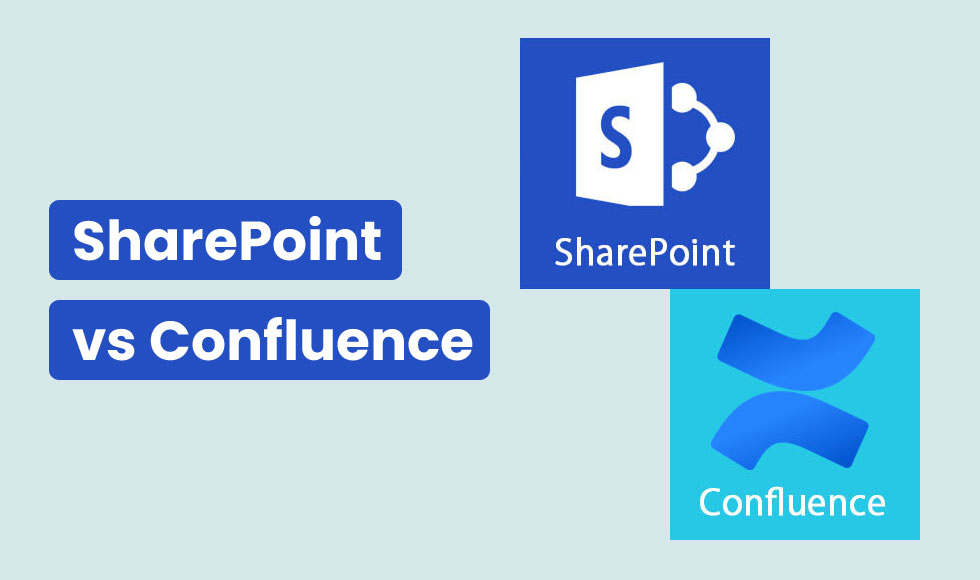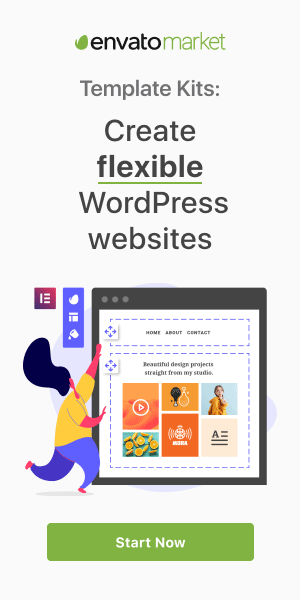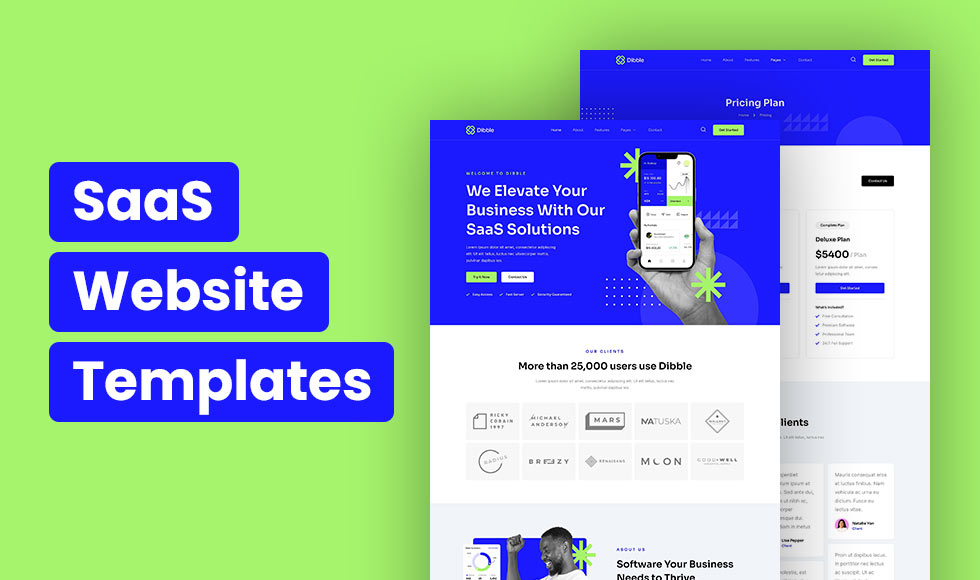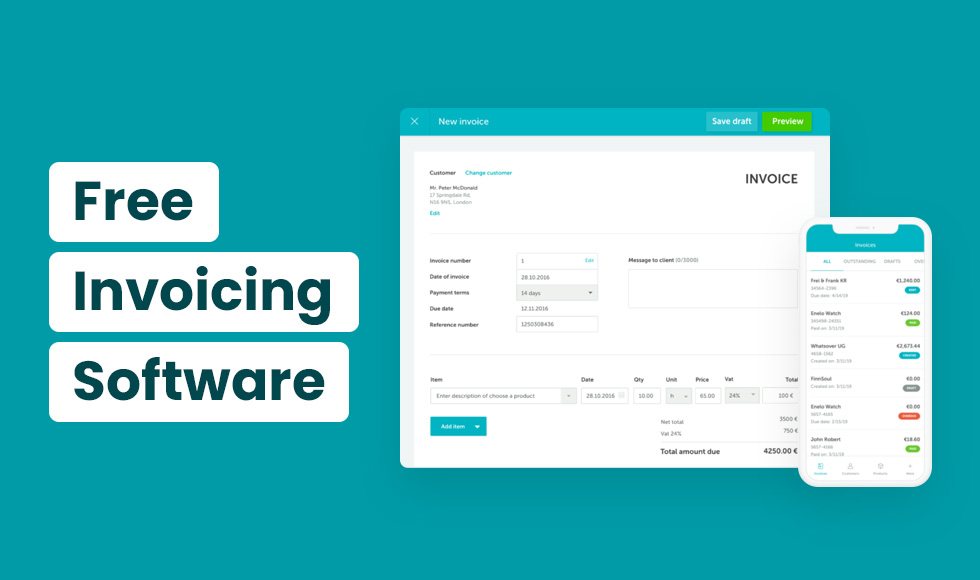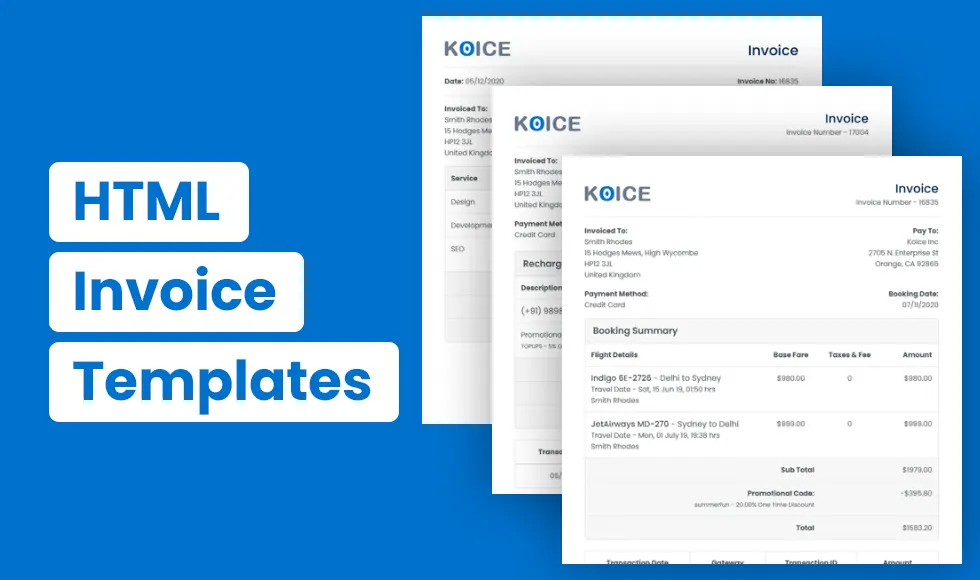Both Confluence and SharePoint are team workspaces that were designed to help remote teams work together and stay informed. Both programs do a fantastic job of organizing data and making it readily available so that teams can work together more efficiently.
Sharepoint: What does it do?
Sharepoint is an all-inclusive platform for collaborating and managing documents. Document management, intranet creation, and collaborating tools are just a few of the many functions it provides.
Document libraries, a website, and social networking capabilities are just a few of the features offered by Sharepoint, a full-featured platform for collaboration and document management. For enhanced functionality, it can be integrated with other Microsoft products like Office 365.
Real-world application of SharePoint
One of the world’s leading financial services firms uses SharePoint for all of its content and document storage needs. Policies, contracts, as well as compliance information may be easily created and stored in Sharepoint, making them accessible to employees in numerous locations. Thanks to Sharepoint’s compatibility with additional products from Microsoft, such as Office 365, the business can boost teamwork and communication. If you’re interested in learning how Confluence and SharePoint compare, this article is for you. You can also learn about the comparison in detail with Sharepoint Training.
Features of SharePoint
- Customizable layouts and pages for an intranet
- Blogs, comments, and other social networking tools
- Connectivity to other Microsoft products, such as Office 365, allowing for streamlined teamwork
- Effortless knowledge retrieval using enterprise-level search
- Workflow as well as form automation for business processes
- Safeguards for sharing data and managing access
- Documents and data can be accessed on the go using mobile accessibility
- Management of documents with built-in features for managing versions and logging in and out
Cost and Evaluations
Sharepoint is a great alternative for businesses that use Microsoft software because of its compatibility with other Microsoft products.
- Costs $5 monthly per user for the first plan.
- The second plan costs $10/month/user.
- The monthly cost of Office 365 Enterprise E3 is $20 for each user.
Pros:
- A full suite of capabilities
- Worked smoothly with previous Microsoft releases
- Capable of handling documents with ease
Cons:
- Novice users face a challenging learning curve
- Minimal room for personalization
Confluence: How is it used?
Atlassian developed Confluence in 2004 as a platform for teamwork. Teams can use it as a hub for creating, organizing, and sharing content. The main purpose of Confluence is to facilitate knowledge management through the provision of tools for the creation and exchange of web pages, blog posts, and files.
Additionally, it allows teams to document project details with real-time editing and comments. It also works with Jira along with other Atlassian products to make project management and reporting even better.
Real-World Application of Confluence
One multinational consumer products company’s marketing department employs Confluence as its content management system. Content timetables, approval tracking, and company standards documentation are all handled via Confluence. Staff members in different locations can work together efficiently using Confluence’s current time editing and comment features, which also help keep the company’s brand norms constant.
Features of Confluence
- Knowledge management through the creation and transfer of web pages, blogs, and documents
- Editing and commenting in real-time for teamwork
- Complete project management made easy with access with additional Atlassian solutions like Jira
- Personalization choices for appearance and performance
- Organizing content using spaces, tags, and pages
- Task management made easy with calendars as well as to-do lists
- Tools for analysis and reporting that monitor group output
- extensible functionality with plug-ins as well as add-ons.
Cost and Evaluations
The cost is one of the issues with Confluence. More teams may find it costly, and there is room for improvement in the pricing system.
- Monthly fee of $10 for team collaboration.
- Monthly fees of $20 for team communication and calendars.
- Costs $20/month and includes team collaboration and Q&A.
- The monthly cost is $30 included.
Pros:
- Works with other items from Atlassian
- Commenting or modifying in real time
Cons:
- Larger teams may find it costly.
- Restrictions on search
- Simplified user experience for tiny businesses
- Unfortunately, it does not have excellent integrations with other commonly used applications for things like Slack or sending links.
SharePoint vs. Confluence:
Atlassian’s Confluence works nicely with other Atlassian products like Jira and Trello, while Microsoft’s SharePoint is compatible with all of its Office suite. Confluence comes with more pre-built connectors than the other, however both provide more connectivity choices. You can’t go wrong with either Confluence or SharePoint for your company’s team or enterprise needs. In most cases, developers would benefit more from Confluence, while groups requiring customisation would be better served by SharePoint.
When it comes to organising your company’s data, Confluence and SharePoint are both great options. Both have their advantages and provide comparable pricing options. In contrast to SharePoint, which is only available for 30 days as part of Microsoft’s free cloud hearing, Confluence offers a perpetually free subscription with limited features. With prices starting at just $6 per user each month, SharePoint is a great value if you use additional Microsoft 365 bundles.
If you ever have any questions or concerns, SharePoint’s customer support is always there to help, whether it’s over phone or online chat. You can only contact Confluence via email or a support request, and once you do, you’ll be waiting for a response because the platform processes all tickets in order.
Instead of Confluence, why not use Sharepoint?
Sharepoint is an alternative to Confluence that some might pick for various reasons.
- Beyond managing knowledge, SharePoint delivers a full suite of features. Among these features include the ability to establish an intranet with editable pages as well as templates, manage documents using version control as well as check-in/check-out, and conduct enterprise-level searches for quick results.
- One major perk for businesses that already use Microsoft software is how seamlessly Sharepoint combines with other products from Microsoft, such as Office 365.
- Companies that need more complex process management will find Sharepoint perfect due to its operational procedures automation features with workflow and forms.
In conclusion, Sharepoint could be a better choice than Confluence if your company needs an all-inclusive platform for managing documents, creating intranets, and automating processes.
Which tool is better for small and medium-sized enterprises?
- Small and medium-sized businesses can benefit from both Confluence and SharePoint, but which one is better will rely on your unique needs.
- Many companies like using Confluence for knowledge management because of its user-friendly interface. SharePoint is an all-inclusive platform for managing documents, intranets, and processes because to its extensive feature set.
- Management of documents with version control as well as check-in/check-out capabilities are only two of the many services that SharePoint offers to enterprises. This makes it possible for team members to work together frequently and keep track of who made what edits to the documents.
- Further, SharePoint gives users the option to design their own intranet pages and use pre-made templates, so companies may set up a central location for employees to communicate and work together. Quick access to critical data is assured by the enterprise searching features of SharePoint, which also ease information retrieval.
- Confluence may lack SharePoint’s depth, but it more than makes up for it with its intuitive design and powerful knowledge management features. On the other hand, Confluence could be the best option for small and medium-sized businesses looking for a simplified application that mainly focuses on knowledge management.
Conclusion
Confluence and SharePoint both provide solid solutions; picking one over the other usually comes down to practical considerations. For instance, Confluence’s compatibility with Jira along with additional development tools makes it an attractive option for development teams.
But if your company is heavily reliant on Microsoft goods and you don’t have developers on staff, SharePoint will be an easy fit. Companies of all kinds, from sole proprietorships to government agencies, can benefit from these software options.
When comparing the two platforms, SharePoint gives you more leeway to be creative and beautiful with your pages, while Confluence is more useful and has more functions. While both options are solid, we found that Confluence’s integration capabilities and general usefulness made it the clear winner over SharePoint.

